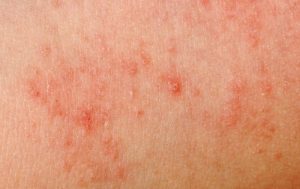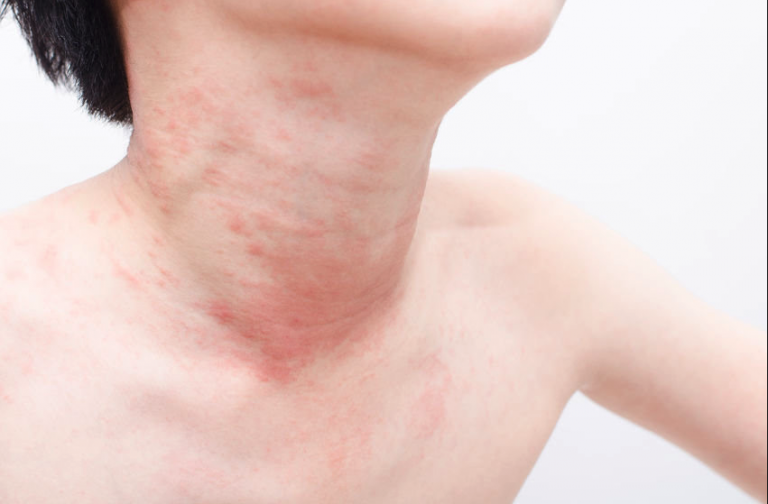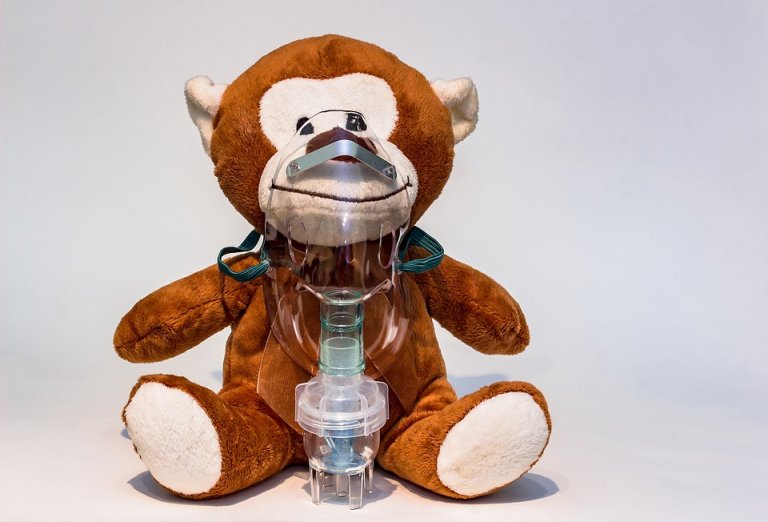Chronic Hives in Children

Read on to find out more about chronic hives in children. An outbreak of hives, also known as urticaria, normally lasts just a few hours or a couple of days at most. But in chronic cases, this itchy rash may stick around for six weeks or more.
Chronic hives refers to a set of conditions affecting the epidermis. It causes a rash which may take over six weeks to clear up. In general, chronic hives in children are the product of an allergic reaction.
In other words, the irritation characteristic of this condition is a reaction of the body to allergens. Chronic hives in children are itchy and uncomfortable. Parents should monitor the condition closely until it goes away.
Chronic hives in children may appear in the form of bumps, red blotches or welts. They may appear in isolation or in a cluster, or may spread over large parts of the body.
For example, a case of hives may affect a whole arm, or just a small patch of skin.

Causes
This condition occurs when immune cells called mast cells in the bloodstream encounter the chemical histamine. This causes tiny blood vessels under the skin to open up. Fluid accumulates in the skin and causes pimples, bumps or welts.
The exact cause of this reaction can be difficult to pinpoint. There are many things that can set off a case of hives, and every body reacts differently.
This means that, in many cases, it’s impossible to determine what causes chronic hives in children. However, many episodes relate to:
Symptoms of chronic hives in children
The main symptom of chronic hives in children is an outbreak of raised marks, bumps or welts.
The color of these may vary, with a lighter color in the center of each bump. They can appear in a group or individually.
The location and shape of the rash can change over the course of a few hours. The size also varies. Chronic hives usually come with an itching, tingling or burning sensation.
According to the type of urticaria, swelling or inflammation may appear. In very severe cases of hives, this swelling can affect the inside of the throat, causing:
- Fatigue
- Difficulty breathing
- Loss of consciousness due to anaphylactic shock
Diagnosis
Doctors are generally able to diagnose this condition with a quick physical examination. As mentioned, however, the cause of chronic hives in children can be harder to determine.
Your healthcare practitioner will ask a series of questions about the child’s medical history and possible exposure to allergens.
To narrow down the cause of the condition, a doctor may ask you to keep a daily journal of everything your child eats and drinks. Diagnostic tests may also be necessary, such as a blood test.
One way of checking for chronic hives in children is to touch an ice cube to the skin and observe how the rash reacts to the cold.
Other doctors use a small weight to put pressure on a muscle, to see whether the pressure causes new marks to appear.

Treatment of chronic hives in children
Mild cases of hives tend to go away on their own, and don’t require treatment. However, in the case of chronic hives, it’s important to identify what has caused the reaction. This way, you’ll be able to cut out the allergen as much as possible.
If your child is suffering from a severe rash, their pediatrician may prescribe an antihistamine to stop the body from releasing histamine into the bloodstream and stop the irritation.
Never give your child medication without your doctor’s advice.
If a non-drowsy antihistamine doesn’t work, a stronger medication or a combination of medicines may be necessary.
In some cases of chronic hives in children, doctors may prescribe oral steroids. These should be taken over a short period of no more than 5 days to 2 weeks.
It’s important to limit the child’s exposure to the side-effects of steroid medication.
If your child has chronic hives, don’t panic. As with many skin conditions, applying lotions or home remedies can be counterproductive.
Speak to your doctor and look for the right solution for your child.
This text is provided for informational purposes only and does not replace consultation with a professional. If in doubt, consult your specialist.








